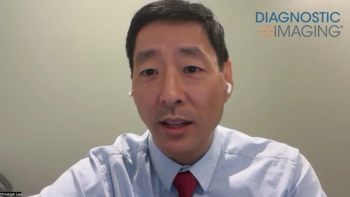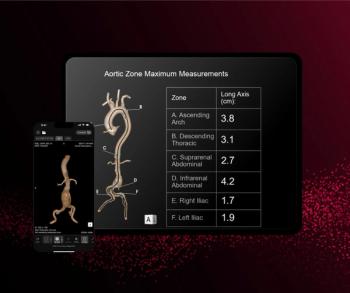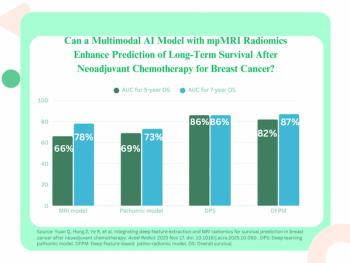
Too Little Exercise Is Causing Neck and Shoulder Pain Among Radiologists
Nearly 90 percent of providers report experiencing disabling pain at work with 30 percent indicating the pain prevents regular exercise.
Too much time at the workstation and not enough physical activity is leading to a slew of musculoskeletal injuries among radiologists.
According to a recently published study in the
Based on their analysis, the team determined that 88.9 percent of radiologists reported having musculoskeletal symptoms within a year of being surveyed. In addition, nearly 60 percent of providers who said they exercised less than once a month indicated they also experienced substantial neck pain. They recorded the same experience with shoulder pain, the team said.
These findings shine a spotlight on an unhealthy trend among providers in the industry, said the team led by Mohammed Al Gadeeb of Bin Faisal University’s radiology department. As the specialty’s reliance on and integration of technology has grown, there has been a simultaneous drop-off in physical activity.
“Our study demonstrated that a high proportion of radiologists did not engage in regular physical activity and did not exercise even once a week” wrote Gadeeb’s team. “This is aggravated by the fact that the practice of clinical radiology has become more sedentary in the PACS era, potentially leading to negative effects on the general health of radiologists.”
To determine the impact of less physical activity, the team conducted an online survey in April 2019, asking providers to share demographic details, as well as information about how often they exercised and what type of physical activity they engaged in. They received responses from 198 radiologists, the majority of whom (71.2 percent) were under age 40.
Survey responses revealed that most answering radiologists engaged in at least one type of exercise daily (37.9 percent), followed by once weekly (27.8 percent). However, radiologists who did not exercise at all were not far behind, accounting for 22.7 percent. Men were more likely than women to exercise weekly, 74.8 percent and 51.7 percent, respectively. And, the most popular types of physical activity were walking, stretching, and running.
For 30 percent of the radiologists who reported feeling pain, the team said, that discomfort prevented them from finishing any workouts. Overall, nearly 46 percent of monthly exercisers and approximately 33 percent of weekly exercisers reported feeling disabling neck and shoulder pain.
Ultimately, the team said, their findings highlight the significant need among radiologists for more physical activity. They stressed this could be done both during work hours and afterwards, referencing one existing study that showed having a treadmill workstation can actually reduce turnaround times without detrimentally affecting CT lung nodule identification. They also suggested providers considering switching to standing desks.
Newsletter
Stay at the forefront of radiology with the Diagnostic Imaging newsletter, delivering the latest news, clinical insights, and imaging advancements for today’s radiologists.

























